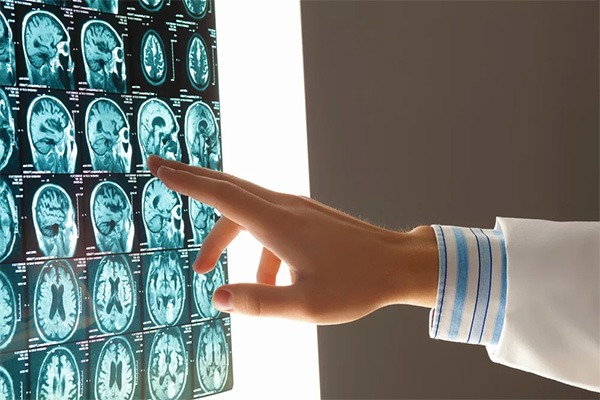
For Meaningful Stroke Prevention, You Can’t Afford to Miss a Beat.

For Meaningful Stroke Prevention, You Can’t Afford to Miss a Beat.
Effective arrhythmia monitoring to reduce stroke risk.
Detecting atrial fibrillation (AF) events, particularly paroxysmal AF, is especially challenging. Asymptomatic and episodic, PAF often goes undetected increasing the likelihood of cryptogenic stroke and TIA. But even more difficult, is capturing and correctly interpreting all of the heart rhythm data needed to accurately assess a patient’s risk for stroke.
Broadly speaking, two factors will affect the ability of arrhythmia monitoring methods to not only detect AF episodes but also provide clinicians with valuable diagnostic information:
- Continuous monitoring for a sufficient length of time
- The ability to capture and contextualize all arrhythmia activities
Continuous Monitoring: Separating the Real from the Faux
Because intermittent monitoring alone will frequently underestimate the presence and extent of arrhythmia, numerous studies have concluded that long-term continuous heart monitoring is superior for AF detection. Yet patients in common practice typically receive a single 24- or 48-hour Holter monitor after a cryptogenic stroke as per the current guidelines for stroke management.
One study comparing atrial fibrillation monitoring strategies after cryptogenic stroke found that the duration of monitoring needed to detect AF was inversely proportional to AF burden. A special report published in the Journal of the American Heart Association found monitoring led to increased yield and recommended at least 30 days of monitoring.
While research efforts to date have focused on patients who have already suffered a stroke and are at risk for a second event, it is highly plausible that patients may have already had PAF but were undiagnosed due to short monitoring duration.
A study presented at the 2018 Heart Rhythm Society Annual Scientific Sessions evaluated the diagnostic yield of ECG monitoring technologies to detect PAF. Research showed the online monitoring device, PocketECG which can be used for up to 30 days resulted in a significant increase in diagnostic yield over offline Holter and multi-day patch technologies. Increase in yield was highly correlated with the ability to extend monitoring duration.
Full Disclosure ECG Signal Monitoring to Guide Treatment Decisions
Continuous streaming of the full disclosure ECG signal ensures all data are captured and analyzed, and events detected and reported. This includes ventricular and supraventricular arrhythmias, and specifically, individual PVCs or PACs. The ability to detect and disclose events real-time provides clinicians with the flexibility to shorten or extend monitoring duration and ensure all arrhythmia, including PAFs, are captured and diagnosed.
In summary, PAF detection and treatment is critical to preventing stroke. Evidence strongly supports the benefits of online ECG monitoring over an extended period to capture arrhythmia.
